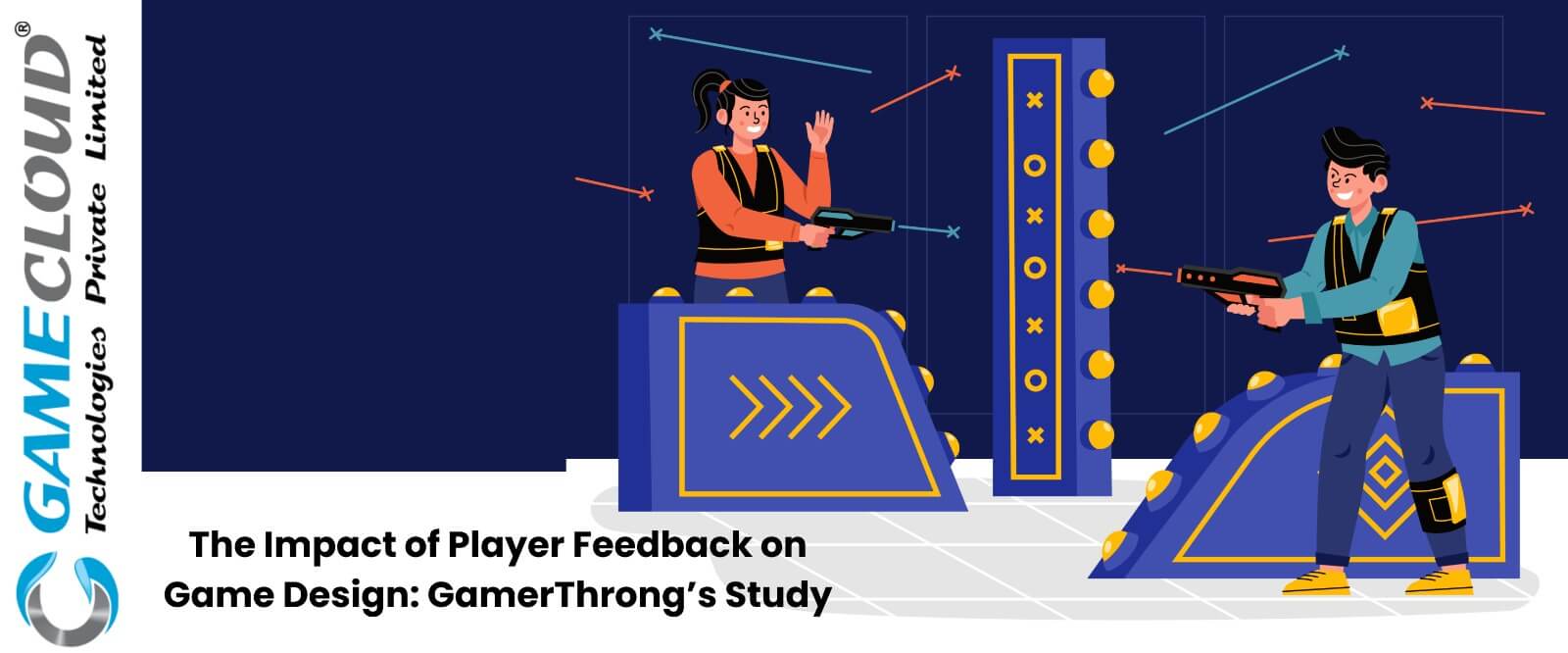
In the ever-evolving landscape of video game development, player feedback has emerged as a pivotal element in shaping game design. GamerThrong, a prominent player in the gaming industry, has been at the forefront of integrating player insights into game development. This blogs delves into GamerThrong’s approach and the broader impact of player feedback on the gaming industry.
The Significance of Player Feedback in Game Development
Player feedback has become an invaluable resource for game developers. It offers direct insights into player preferences, pain points, and expectations. GamerThrong’s model of incorporating feedback into game design exemplifies this trend. By engaging a diverse community of gamers in playtesting and feedback sessions, they gather real-time data that significantly influences game mechanics, storylines, and user interfaces.
GamerThrong’s Approach
GamerThrong’s methodology involves a systematic collection of feedback from its vast network of gamers. This feedback is not just limited to gameplay but extends to aspects like character development, level design, and even soundtrack choices. The company’s data-driven approach ensures that every piece of feedback is analysed and considered in the development process.
Impact on Game Design and User Experience
The direct consequence of this feedback-oriented approach is a more user-centric game design. Games developed under this model tend to have higher engagement levels, better user satisfaction, and lower churn rates. For instance, a study by GamerThrong showed a 30% increase in player retention when player feedback was actively incorporated into the game development cycle.
Trends and Statistics: The Industry Perspective
The gaming industry at large has taken note of this trend. A survey conducted across various gaming studios revealed that over 70% of developers now have dedicated teams to analyse and integrate player feedback. This shift is not just a fad but a response to the market demand for more personalised and engaging gaming experiences.
Challenges and Best Practices
While the benefits are clear, integrating player feedback into game design is not without its challenges. It requires a balance between creative vision and player expectations. Best practices in this domain involve setting clear objectives for feedback collection, ensuring a diverse and representative sample of players, and maintaining an iterative development process.
Future of Player Feedback in Gaming
Looking ahead, the role of player feedback in game design is only set to grow. Technologies like AI and machine learning are making it easier to analyse large volumes of feedback. Moreover, the rise of social gaming and online communities provides a continuous stream of player insights. This evolution marks a new era in game design – one that is more collaborative and player-focused.
Conclusion
GamerThrong’s study and the broader industry trends underscore the transformative impact of player feedback on game design. As we move forward, this collaborative approach between players and developers is poised to redefine the gaming experience, making it more immersive, engaging, and aligned with player expectations.
